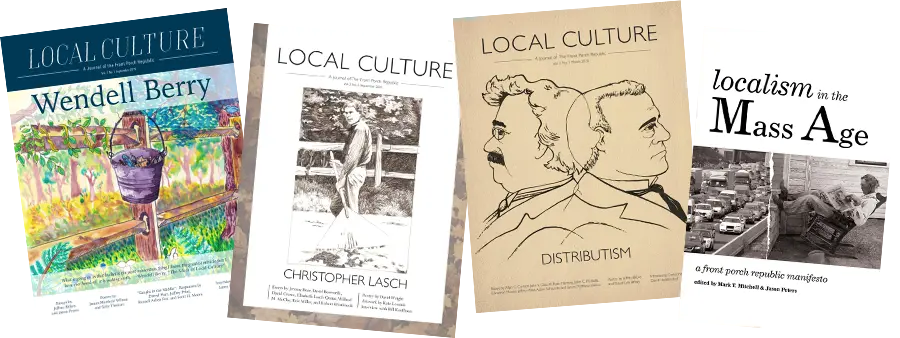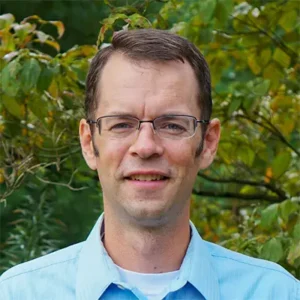“Matter Matters.” Paul Kingsnorth kicks off a new series at his Substack exploring ancient holy sites in Europe: “I’ve always been fascinated by how humans interact with their landscapes: what they build, how they relate to nature, and how their belief systems manifest in the physical world. How we make our mark on the landscape, and how it makes its mark on us. Now that I’m a Christian, I’m especially interested in how Christianity has embedded itself in that landscape, and why.”
“Levels of Microplastics in Human Brains May be Rapidly Rising, Study Suggests.” Damian Carrington reports on troubling studies that try to measure how microplastics are lodging in human bodies: “The exponential rise in microplastic pollution over the past 50 years may be reflected in increasing contamination in human brains, according to a new study. It found a rising trend in micro- and nanoplastics in brain tissue from dozens of postmortems carried out between 1997 and 2024. The researchers also found the tiny particles in liver and kidney samples.”
“Can You Solve a Lifestyle Epidemic Without Lifestyle Gurus?” Garth Brown nails the paradoxes and conundrums of our increasingly toxic environment. If you want to understand both the promise and peril of the MAHA movement, read this: “The situation is hilarious and heartbreaking and utterly absurd. As a byproduct of generating incredible abundance, industrial society has made millions of us ill. Because the exact mechanisms by which it has done so aren’t totally clear, and because we have few interventions by which a government can radically change dietary or exercise or lifestyle patterns at the population level, it falls on the individual to make dozens of choices each day in the hopes that they will be beneficial in the aggregate. But though some of us can make rational decisions to form better habits, most of us can’t.”
“From Anxiety to Animosity: How Social Media Damages Relationships.” Nicholas Carr distills part of the argument in his new book: “Our mistake has been to assume that if we make human communication more efficient, we’ll amplify its beneficial effects. We’re now discovering that the opposite is true — that faster, more voluminous communication is shallower communication. We communicate best when we communicate thoughtfully and judiciously, when we pause to listen, when we don’t rush to make snap judgments or to react with an imprudent message. If we’re going to temper the ill effects of social media, we’re going to have to back away from the screen and reacquaint ourselves with the intimate art of real conversation. We’re going to need to spend less time broadcasting and more time talking.”
“The Anabaptist Community Bible.” In a thoughtful essay on scriptural hermeneutics and reading practices, Bonnie Kristian reviews a new study Bible that marks the 500th anniversary of the Radical Reformation: “Anabaptism requires the hunger for and submission to Scripture that, five centuries ago, its progenitors modeled to the death. If the Anabaptist Community Bible can encourage that hunger, enticing Christians to consume Scripture like a community feast, its makers have done well indeed. That would not only commemorate Anabaptism but extend its legacy for generations to come.”
“The Vagabond King.” And if you want more Paul Kingsnorth, here he is responding to those who found his essay against Christian civilization too wild and anarchic: “I understand that people want to live in good cultures. So do I. And I do believe in Christian cultures: I think they can be real, if temporary and imperfect, things. The question is how they are created. A culture is not the same as a civilisation. The latter is built from the top-down, by the use of coercive power. The former emerges from the bottom-up, from a combination of what I call the Four Ps: people, place, prayer and the past.”
“It’s Time for States to Break Their Dangerous Dependence on Federal Funds.” Tony Woodlief warns that states are becoming increasingly dependent on money that comes with significant strings and is subject to the changing whims of national leaders: “In 1993, the average state counted on federal agencies for 23 percent of its revenue. Last year this average reached 39 percent, with two states — Alaska and Louisiana — dependent on D.C. for half their funds. Though many state leaders present themselves as conservatives who despise federal bloat, it might be hard to blame them for taking all that free money — if not for the fact that anyone who pays more than rudimentary attention to the mechanics of federal grants knows that this money is neither free nor is it reliable.”
“5 a.m.” Brian Miller prepares for lambing season: “It’s 5 a.m. when I step out into the cold morning. Lambing season is nearly upon us, and late night and early morning welfare checks on the flock are now the norm. Once lambing gets into full swing, midnight and 3 a.m. visits to the barn and paddocks will be added. But that is still perhaps a few days away.”
“Against the Bullshit Machines.” Phil Christman reviews John Warner’s new book, More Than Words: How to Think About Writing in the Age of AI, and finds much to commend: “In addition to being a way to think and to feel, [writing is] a practice, an accretion of discrete skills, experiences, and habits of mind. Obviously, machines can do none of this, and we don’t need them to. The whole project is strangely beside the point, as though we built a machine that could harvest our food and then built another machine to consume, digest, and excrete it, and then gave over much of the world’s arable land to this project.”




